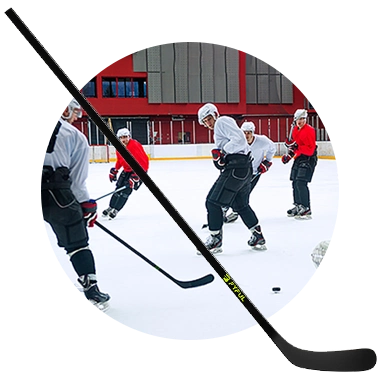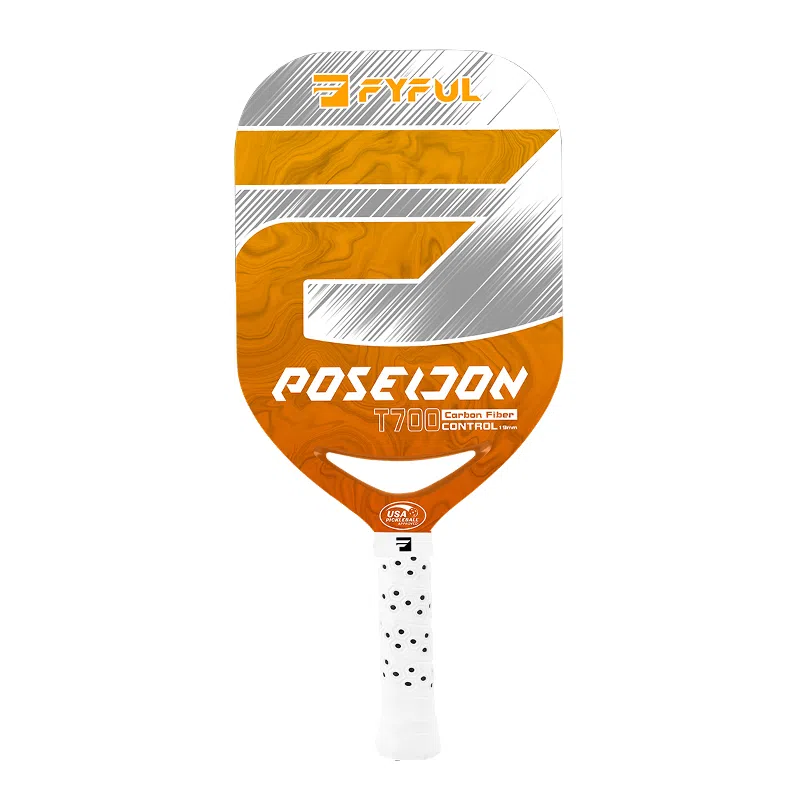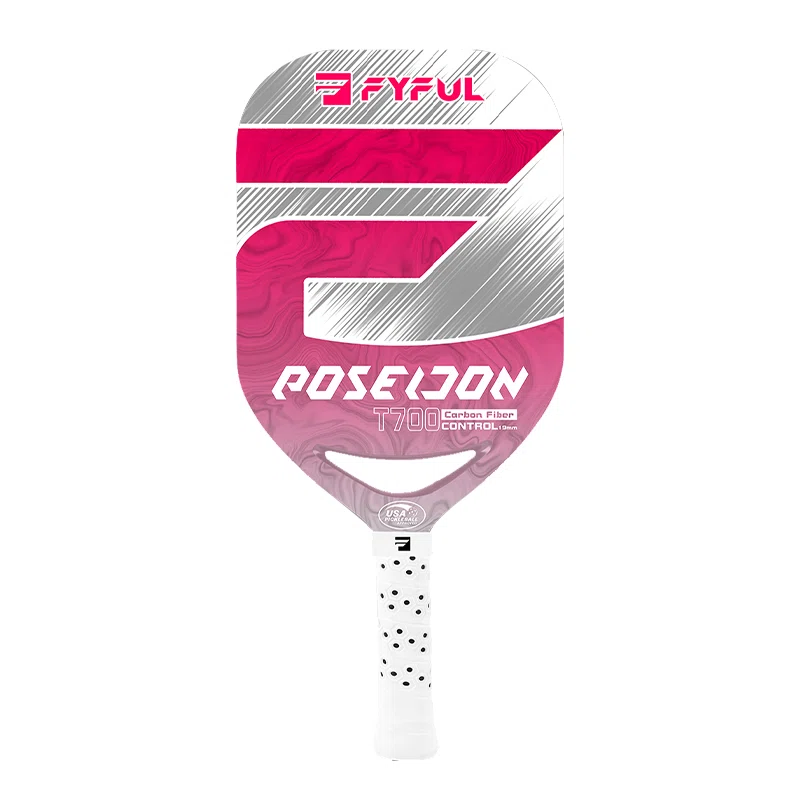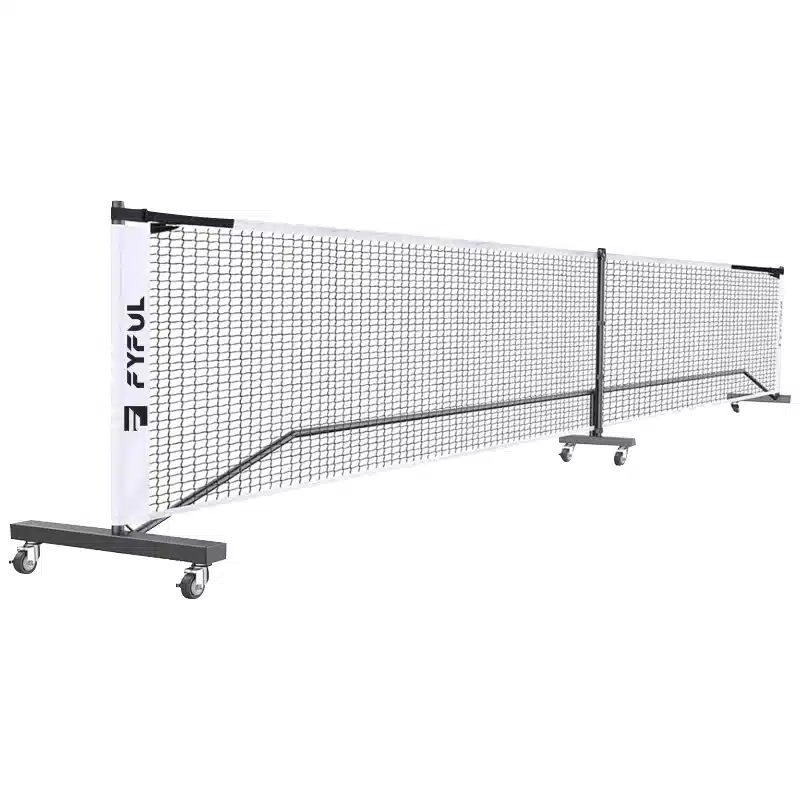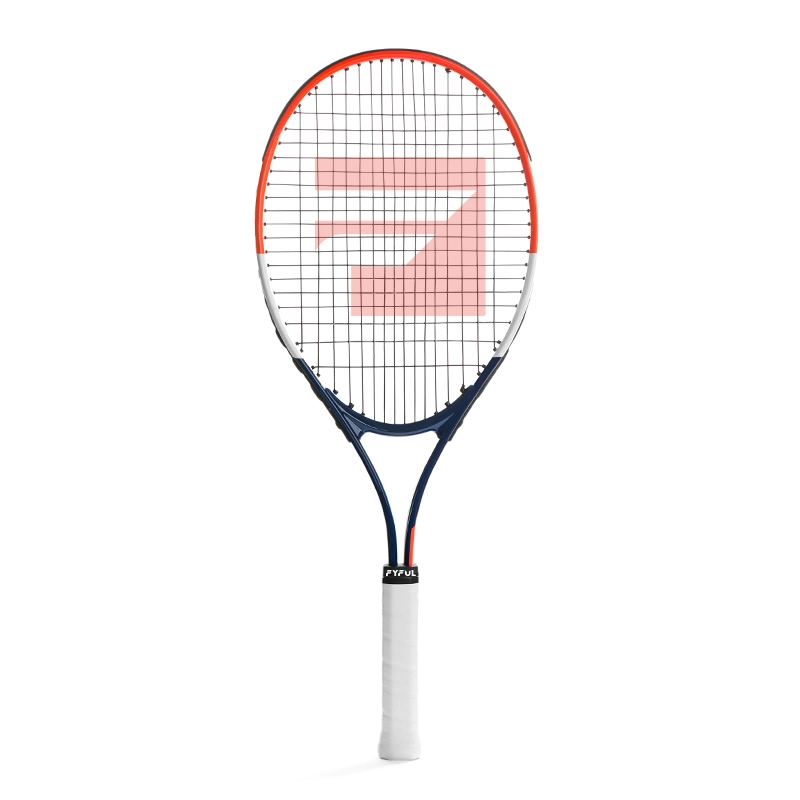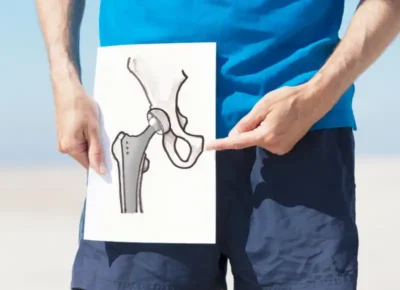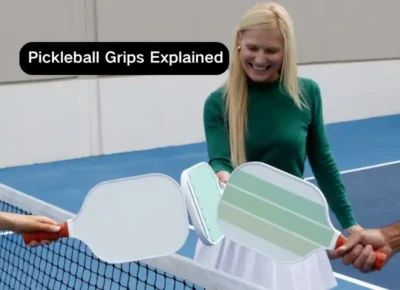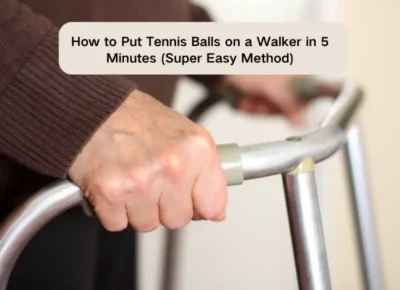Table of Contents
The craze of USA pickleball has grown to a great number during the past year and has been enormously growing.
And,
This is leading to more pickleball courts built for singles and doubles play in backyards, driveways, clubs, or community centers as well.
Because of this huge demand for pickleball in the US especially, the supply side hasn’t been able to catch up. Put simply, more and more people are turning towards pickleball but can’t seem to find that many courts.
If you are among the pickleball players who love to play pickleball, or are looking to build pickleball courts and even are looking to familiarize themselves with the basics of pickleball courts, such as pickleball court dimensions, this article is the right guide for you.
Pickleball Court Sizes
For those who are wondering how many square feet is a pickleball court, below is your answer;
According to the USA Pickleball Association, a standard pickleball court is mainly divided into two equal parts by the great divider that is its net. As far as the pickleball court dimensions are concerned, the pickleball net runs 20’ in width of the court and divides the entire court into two halves that are 22’ each.
Pickleball net stands at 36” in height at the posts and steeps down to 34” at the very center of the court.
The standard pickleball court dimensions are clearly defined in a standard court in section 2 of USA Pickleball’s Equipment Standards Manual.
An important aspect that is included in the dimensions of the pickleball court, is that all of the lines should be 2” wide. These lines should be included in the pickleball court dimensions.
The lines should also be high in contrast so that they can be very clearly seen by the players. This is also why the majority of courts have white lines: they appear the most prominent. White tape or paint against the green surface provides stark visual contrast, just like on a tennis court.
Different Parts of the Pickleball Court
If you’re just starting to learn about pickleball, your mind must be swimming with questions like
What does a pickleball court look like?
How big is the pickleball court?
It’s also necessary that you have an in-depth understanding of the sport, and we’ll talk about the basics of pickleball for beginners in the article. Many people look at a pickleball court and mistake it for a tennis court. Even though the names and some of the terms are the same across the former and tennis court, there are some terms that are quite different as well.
To make it easier to understand the pickleball court, different parts of the pickleball have been broken down as follows, which are different from the tennis court;

Pickleball Court Layout
Source: https://usapickleball.org/
Pickleball Court Lines
If you’ve ever wondered about the dimensions of a pickleball court, you must have been confused by the pickleball lines on the court.
Baseline
The back line of each half of the court that you see running parallel to the net, is the baseline among the pickleball lines basically.
The baseline runs parallel to the net and, on each end, marks the two ends of the court’s length, i.e., 44’. The baseline is also the spot where the ball is served from and can also said to be the boundary that the player can’t cross during the serve shot.
Centerline
15’ centerline runs from the baseline to the non-volley line on both halves of the court and is perpendicular to the net. In other words, the center line separates the even and odd courts.
Sideline
The sidelines run perpendicular to the net and extend to the length of the court. A sideline can be identified by the fact that it marks the boundaries of 20’ outer width of a court, and is located at both sides of the court.
Non-Volley line
The non-volley line is the 7’ line that runs from the net on both halves of the court. It is the line that marks the kitchen/non-volley zone’s outer boundary closest to the court’s baseline.
Areas of a Pickleball Court
Now along with the dimensions of a pickleball court, let’s discuss the areas of the pickleball court;
Non-volley Zone
A lot of the time, pickleball players call it the kitchen.
The non-volley zone covers the width of the court and the initial 7’ of both sides of the court, starting from the net. It is bounded by the sidelines and the non-volley line.
An important thing to remember about non-volley zones is that no servers can bounce or even touch the non-volley zones.
Odd and Even Court
These areas are called the right and left service areas, which you can identify as two boxes in the back of each courtside created by the baseline, centerline, sideline, and non-volley line.
If you’re facing the net, the even court is the diagonal box on the right side. The odd court is the diagonal box on the left side if you’re facing the net.
For those wondering about the names, it identifies as the server position in doubles and similarly, in doubles badminton court.
What is the Pickleball Court Made Of?
There are many playing surface areas that the pickleball can be made of.
The most common materials used for the playing surface of a pickleball court are asphalt and cement. The unique adoption of tennis courts for use as pickleball courts is the reason why there are many courts made of grass and clay.
Almost all of the existing courts can be converted into pickleball courts, depending upon the pickleball court size. One of the biggest reasons why people usually convert tennis courts or badminton courts into pickleball courts rather than build a new pickleball court is the cost factor. With minor adjustments, the conversion can be carried out with convenience.
But, of course, the best outdoor pickleball court is the one that is specifically designed according to the pickleball court size. Asphalt and cement have better bounce as compared to other surface material, which is why they are preferred more.
Even though they are preferred for permanent pickleball courts, and are not a choice for temporary pickleball courts.
Outdoor Pickleball Courts Surfaces
Apart from asphalt and cement, you can play pickleball on grass and clay.
There are many athletes that go for a different type of court surface that is either clay or grass. One primary reason is the bounce is unpredictable on such a surface. This is also the reason why some badminton courts have similar materials.

Outdoor Pickleball Court
Source: https://www.eatthis.com/
Clay Pickleball Courts
This kind of court is usually found in the form of Har-Tru clay or sometimes red clay.
Clay courts are slowly becoming a number one choice as playing surface types, especially in the United States. Har-Tru clay is greenish-grayish in color and offers a more predictable bounce as compared to red clay. Along with that, it also offers more pace to the game, contrary to its traditional red clay.
Red clay is a choice more often in Europe and South America.
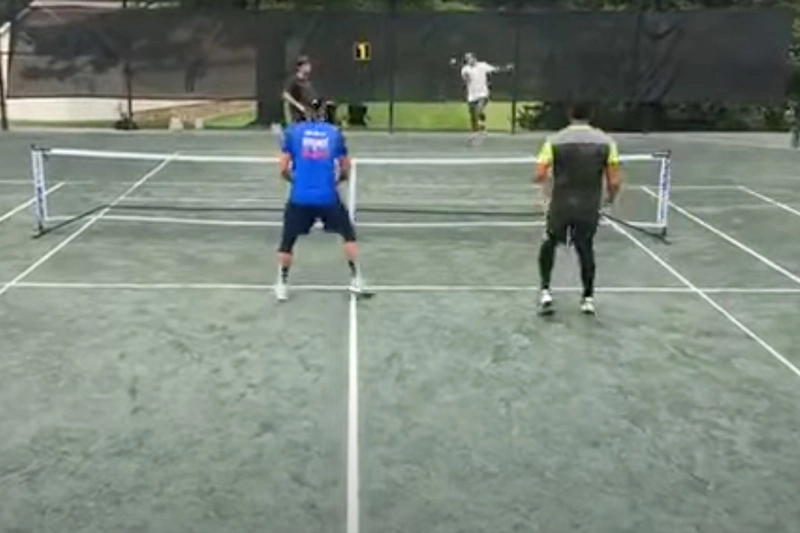
Clay Pickleball Courts
Source: https://www.youtube.com/watch?v=s0Lgycvrdxs
Grass Pickleball Courts
Players who prefer less bounce during their gameplay, are more inclined towards grass outdoor courts, because it deadens the bounce.
This makes the kitchen more challenging, and players are forced to use strategies that are out of traditional play.
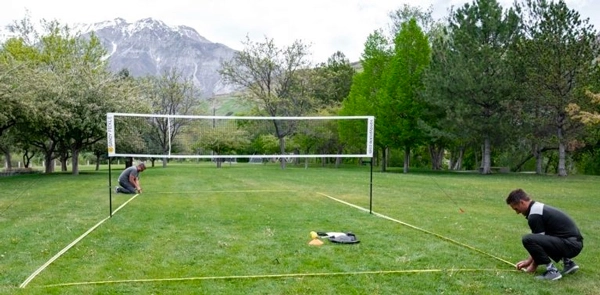
Grass Pickleball Courts
Source: https://www.sandypickle.com/
Indoor Pickleball Court Surfaces
Indoor pickleball court gives the players a chance to play on surfaces that aren’t suitable for outdoor conditions.
Indoor pickleball courts are usually made up of concrete or asphalt with a layer of acrylic on top. The reason for covering it with acrylic is the cushioning effect it provides.
There are other combinations of indoor court surface materials that make it hard to distinguish between different standards of courts.
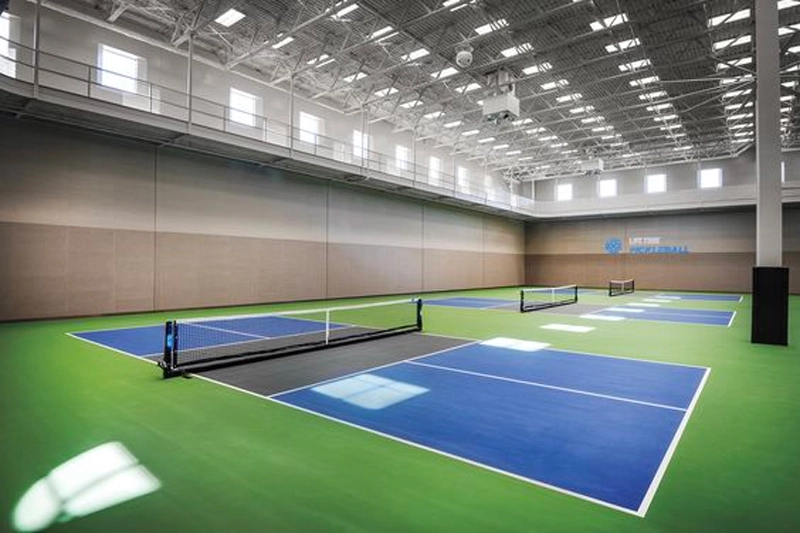
Indoor Pickleball Court
Source: https://www.minnesotamonthly.com/travel-recreation/recreation/pick-pickleball-how-and-where-to-play-the-popular-sport/
What Does a Pickleball Court Look Like – A Good One?
The easiest way to define a good pickleball court is by the following characteristics;
- A reliable surface material
- The right dimensions
- Permanently affixed netting with right pickleball poles
Even though makeshift courts are great for accessibility, the permanent ones are the ones where you can ensure the rules of the game are being followed and it is being played the intended way.
The two most important elements of the court, apart from the surface, make a drastic difference in the gameplay: the pickleball net and the dimensions of the court.
Make sure to check out high-standard pickleball court nets to find some that are made of the finest quality and are based on the standards provided by the Pickleball Association.
Basics of Pickleball Court – Critical
Let’s take a deeper look into elements that are critical for the multiple pickleball courts and pickleball court dimensions:

Pickleball Net System
A pickleball net system must have mesh material allowing visibility across the sides but not letting the ball pass.
It should be 21’ and 9” long, along with being 30’ wide. The Pickleball net should be spaced 22’ apart.
Lighting
In warmer climates, outdoor lighting can be used to play after dusk. For indoors, it is better to use fluorescent lights and avoid LEDs because, for some players, that might be a hurdle during their play.
Lightning for pickleball courts is the same as a tennis court and a badminton court.
Rest Area
There should always be a rest area with umbrellas for shade and benches to rest with other essentials such as water etc.
Bottom Line
After going through the entire article, hopefully, you’re going to have a great understanding of what a pickleball court is made of, what the dimensions of a pickleball court are, the pickleball court measurements, and what surface you could use for your pickleball court.
As pickleball experiences exponential growth, the need to build its own court for both singles and doubles play becomes more likely. Whether in your backyard, recreation centers, senior living communities, or pickleball clubs, this guide will help you optimize the content to ensure a successful court setup. Explore reliable providers for essential pickleball equipment, catering to the expanding community of pickleball enthusiasts.
There are many providers who offer reliable and up-to-standard equipment for people who love pickleball games.



